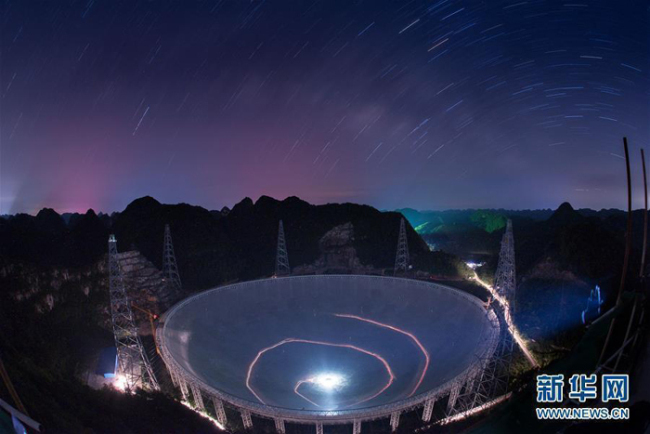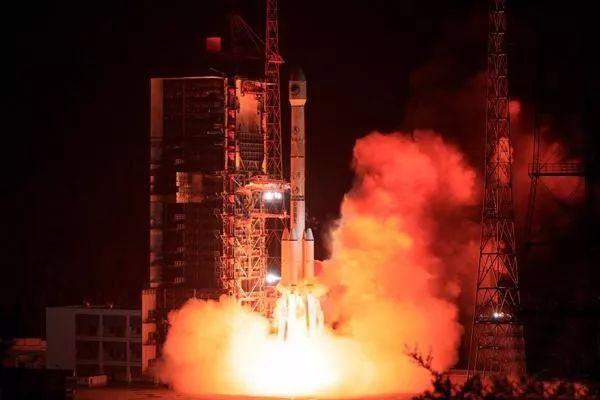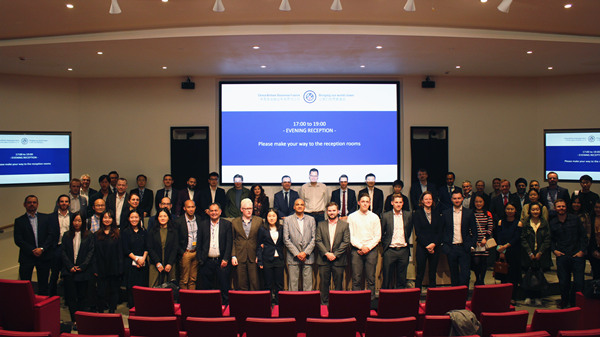(Xinhua)08:53, June 27, 2019
OSAKA, Japan, June 26 (Xinhua) — While the rhetoric from leading economies on environmental issues has lost no emphasis as evidenced at a recent meeting of the Group of 20 (G20) environment and energy ministers, Japan and China, for their parts, have been busy together getting hands on.
With the worlds eyes now focusing on the G20 summit from Friday in Osaka, western Japan, and in terms of environmental dialogue if and how the U.S. withdrawal from the Paris Agreement on climate change will affect proceedings, the worlds second and third largest economies have been proactively and cooperatively addressing the global problem.
Both Japan and China, as regional and global powerhouses of technology and innovation, have made great strides to tackle climate change with warming bilateral ties and combined high-tech know-how showing some very promising shared prospects looking ahead.
China, for its part, has established itself as a predominant global player on climate action, taking a vast array of steps to promote clean energy, such as remodeling its grid to source significant amounts of energy from solar and wind technology and establishing itself as a market leader in solar photovoltaics, batteries and electric vehicles (EVs).
Japan, while playing catch-up to some extent, has ramped up its pledges recently to reduce emissions of domestic greenhouse gases by 80 percent by 2050, with the Tokyo Metropolitan government saying it plans to reduce emissions in the capital to effectively zero by 2025.
In part, to achieve this, it will significantly reduce the amount of emissions from incinerating plastic waste by 2030, with plans laid down to reduce the burning of plastic waste by 40 percent.
Japan has pledged to lead increased dialogue and joint global action on this and other hot-button climate issues at the G20 summit, to be chaired by Japanese Prime Minister Shinzo Abe, and Japanese bellwether firms are getting onboard and looking to their closest neighbors to jointly drive the mission forwards.
Toyota, Japans biggest automaker and pioneer in 1997 of the now ubiquitous full hybrid electric vehicle, has joined forces with two equally trailblazing Chinese battery producers.
In what industry insiders here hope will be the many of such eco-tech tie-ups between Japanese and Chinese firms, Toyota has tapped the expertise of Contemporary Amperex Technology Co. (CATL) and BYD Co.
CATL, an eight-year-old company whose technological repertoire far exceeds its age, has already partnered with other Japanese automakers, including Honda Motor Co. and Nissan, and has signed a deal with Volvo Car Group.
Known for specializing in battery management systems, as well as the production of lithium-ion batteries for electric vehicles and energy storage systems, CATL has become the worlds largest battery supplier since it knocked Japans Panasonic off the top spot in terms of sales in 2017.
BYDs longevity, meanwhile, having been established in 1995, and its depth of expertise in providing zero-emission energy solutions, coupled with its vision of building entire zero-emission ecosystems, make it a perfect partner for Toyota, which shares the Chinese firms vision of a sustainable future through electrification, auto experts attest.
On Toyotas need for the expertise from Chinese partners such as CATL and BYD, Executive Vice President Shigeki Terashi said that cooperating on the development of base technologies is crucial to success in the EV market.
We will need to work with other manufacturers until the market grows to a certain scale, Terashi said, adding that Toyota plans to build a new production system to address the growing demand for EVs.
The Japanese automaker itself is targeting sales of more than 5.5 million electrified vehicles a year including hybrid models by 2025, five years earlier than previously scheduled, with part of its plan including the mass production of proprietary EVs in China, which is well on its way to becoming the worlds largest market for EVs.
BYD is also set to boost sales of its electric buses in Japan, which are already popular in the southernmost prefecture of Okinawa and in Kyoto City.
The Shenzhen-based company, which has a global reach boasting sales of over 50,000 electric buses in more than 50 countries and regions, as well as 17,000 units sold domestically, said it began receiving orders in March in Japan for its J6 model of electric bus.
Shinsaku Hanada, executive vice president of BYD Japan Co., said that the company is aiming to shift 1,000 units of its seven-meter-long electric bus by 2024.
Per unit, the e-buses currently have a pretax price tag of 19.5 million yen (181,000 U.S. dollars) but this could be vastly reduced, by as much as one third, Hanada said, as the environmentally-friendly vehicles will likely be eligible for a subsidy program backed by Japans Transport Ministry.
The J6 model, with a capacity to seat up to 31 people and on just a three-hour charge can run more than 200 km, bettering its Japanese competitors, has been designed specifically for the Japanese market, Hanada said.
The new model, an upgrade of its predecessor the K6, has an aluminum chassis to make it lighter and able to run further per charge.
The buses are quickly gaining popularity in Japan, with 23 sold already and many more likely to follow.
Currently they are operational in Okinawa Prefecture in Japans south and in Kyoto in western Japan, but hopes are high the eco-friendly e-buses will find their way to the roads of major Japanese metropolises and help fight congestion while helping Japan to lower its emissions from vehicles.
We would like to facilitate the use of our e-buses for local communities, Hanada said, adding that in Oze National Park in northeastern Japan, the firms e-buses will also become operational from this summer.
As the two nations set about slowing the growth of their respective carbon footprints, businesses-to-business collaborations and tie-ups between the two countries are setting a new blueprint for major economies through the sharing and utilization of innovative and eco-technology. The partnership can not only benefit individual economies, but support regional growth and both localized and global environmental action.
![]()



